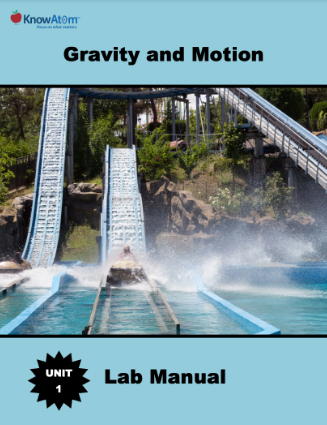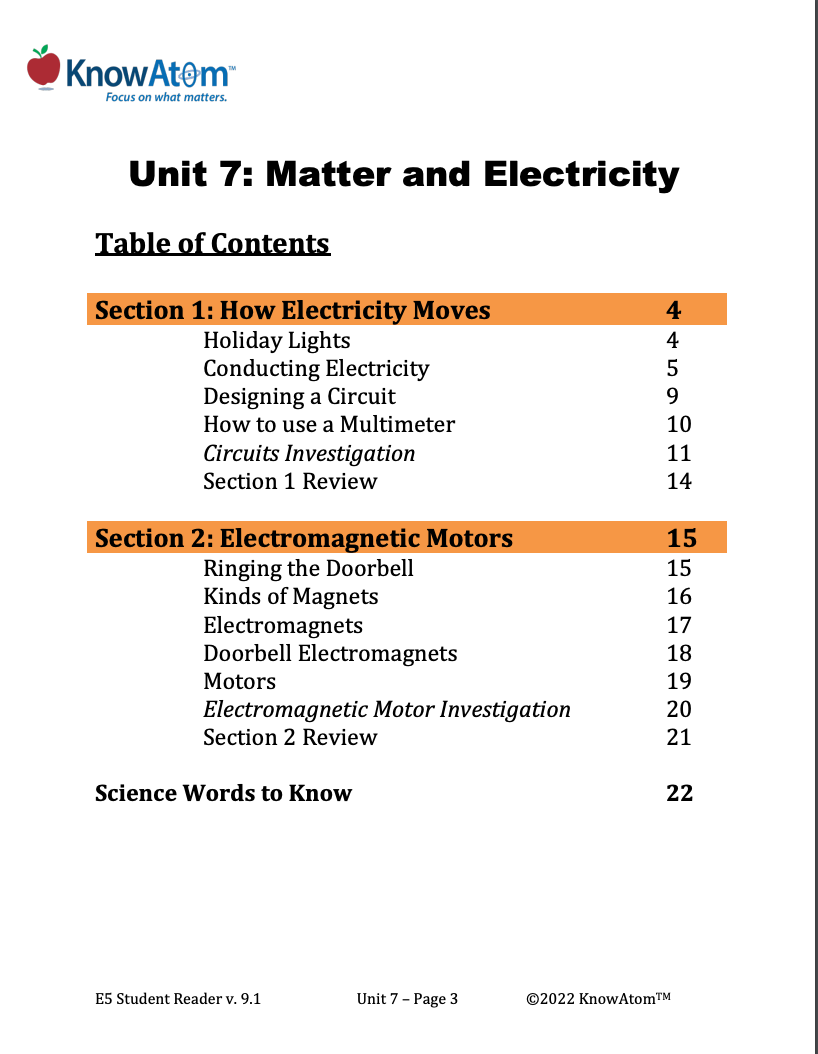
In this unit, students focus on the science phenomena of the relationship between gravity and motion, tracing how gravitational potential energy transforms to kinetic energy in different energy systems. In this lesson, they investigate the relationship between the drop height of a bouncy ball and its rebound height. This page is a high-level extract of this lesson.
.png)
In this unit, students analyze the science phenomena of connections between energy, forces, and motion. In this lesson, students use data to construct an explanation about phenomena that occur because of the relationships between an object’s kinetic energy, its mass, and its speed. This page provides an overview of this lesson.
.png)
In this unit, students explore the relationship between the phenomena of forces and motion and how energy is converted from one form to another in an energy system. In this lesson, students design a vehicle that can travel over a surface on a cushion of air. This page highlights key parts of this lesson.

In this unit, students explore the science phenomenon of electric currents and electrical energy. In this lesson, students figure out energy transfers, electricity, and circuits in the context of an electromagnetic motor system. This page showcases each key section of this lesson.
Standards citation: NGSS Lead States. 2013. Next Generation Science Standards: For States, By States. Washington, DC: The National Academies Press. Neither WestEd nor the lead states and partners that developed the Next Generation Science Standards were involved in the production of this product, and do not endorse it.
